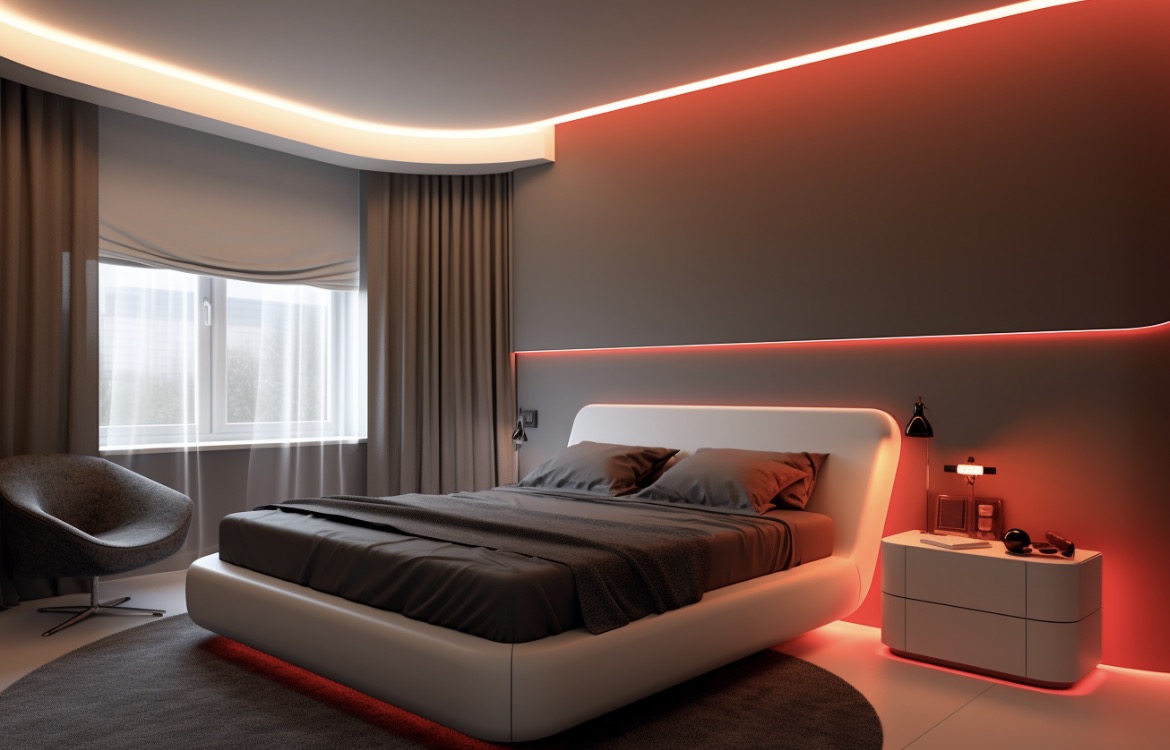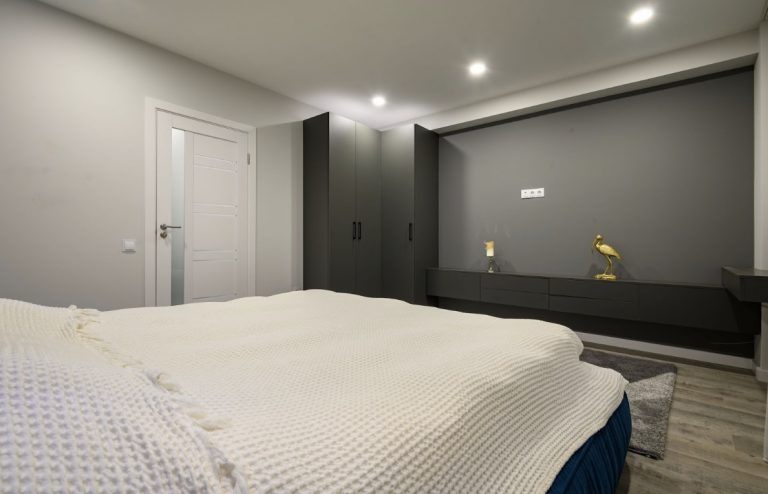LED lighting has become a popular choice for illuminating our homes and workspaces due to its energy efficiency and versatility. But did you know that LED lighting can also have a significant impact on our sleep quality? In this blog post, we will explore how LED lighting can be harnessed to enhance the quality of our sleep.
A good night’s sleep is essential for our overall well-being, and the right lighting plays a crucial role in achieving that. We will delve into the science behind how LED lighting affects our circadian rhythm, the internal clock that regulates our sleep-wake cycle. Furthermore, we will discuss the different color temperatures and brightness levels of LED lights that are optimal for promoting relaxation and better dreams.
Whether you struggle with falling asleep or staying asleep or simply want to optimize your sleeping routine, this blog post will provide you with valuable insights and practical tips on harnessing the power of LED lighting to improve your sleep quality. So, let’s dive in and discover how LED lighting can transform your nighttime experience.
Story Stages
Can You Sleep with the Light on?
Most people find that sleeping in darkness improves their sleeping quality. Leaving bright lamps and other lights on throughout the night can disrupt your ability to fall asleep, stay asleep, and get enough rest. This is because household LED lights emit blue light, which suppresses the secretion of melatonin, a hormone that regulates sleep.
Your body’s internal clock relies on signals of sunlight and darkness to determine when to wake up and when to sleep. Some studies suggest that even with your eyes closed, exposure to light can decrease melatonin levels.
However, a low red LED ceiling light fixture can be used as a nightlight while you sleep, as it does not affect your sleep-wake cycle. Yellow and orange lights are also excellent options that have minimal impact on sleep quality.
Red LED Lighting for a Better Sleep
-
The Basics
Red lights are an exception to the rule that bright light can hinder sleep. Simply using red-tinted light that adds a red hue to your room won’t meet your sleep requirements. Instead, you need a sleep light that emits red color wavelengths. The red light wavelength stimulates the brain to produce melatonin, a hormone that signals the body that it’s time to sleep. A study found that using red lights for improved sleep quality helped people fall asleep faster and resulted in sound sleep. So, red illumination is indeed beneficial for sleep and is considered the best-LED color for promoting relaxation during the night. If you prefer keeping the lights on while sleeping, using red lights is a perfect solution. Apart from promoting better sleep, the red color offers additional advantages connected to sleep.

-
Sleep Inertia
Sleep inertia is a phenomenon that occurs when a person wakes up and experiences confusion and haziness. This state can have detrimental effects on memory and alertness. However, there is some promising research on how red light can help alleviate this condition.
A recent study investigated the effects of delivering saturated red illumination to patients with sleep inertia. The researchers found that this intervention led to a slight improvement in the participants’ condition. It is important to mention that the patients kept their eyelids closed during the study while receiving the red light.
These findings suggest that red light therapy may be a potential solution for combating sleep inertia. Further research is needed to fully understand the mechanisms behind this phenomenon and to explore its potential benefits in more detail.
-
Night Vision
Red lights can be incredibly beneficial for reading at night due to their non-glaring nature. Unlike white lights that can easily strain your eyes, red lights provide a soothing and comfortable illumination that allows you to read for extended periods without any discomfort. This is precisely why red lights are commonly employed in cockpits, where the ability to read and see clearly in low-light conditions is of utmost importance. By utilizing red lights, you can enjoy a heightened reading experience in the dark, ensuring that you can immerse yourself in your favorite books without any hindrance or eye fatigue.
Conclusion
In conclusion, LED lighting can have a significant impact on our sleep quality. By understanding the science behind how LED lighting affects our circadian rhythm, we can optimize our sleep environment to promote relaxation and better sleep. It is important to avoid bright lights, especially those emitting blue light, before bedtime as they can disrupt our internal clock and suppress the secretion of melatonin. Instead, using red-tinted or low-intensity lights can be beneficial for sleep, as they stimulate the production of melatonin and have minimal impact on sleep quality. Additionally, red lights offer advantages such as reducing sleep inertia and providing non-glaring illumination for activities like reading at night. By harnessing the power of LED lighting, we can transform our sleep experience and improve our overall well-being.
